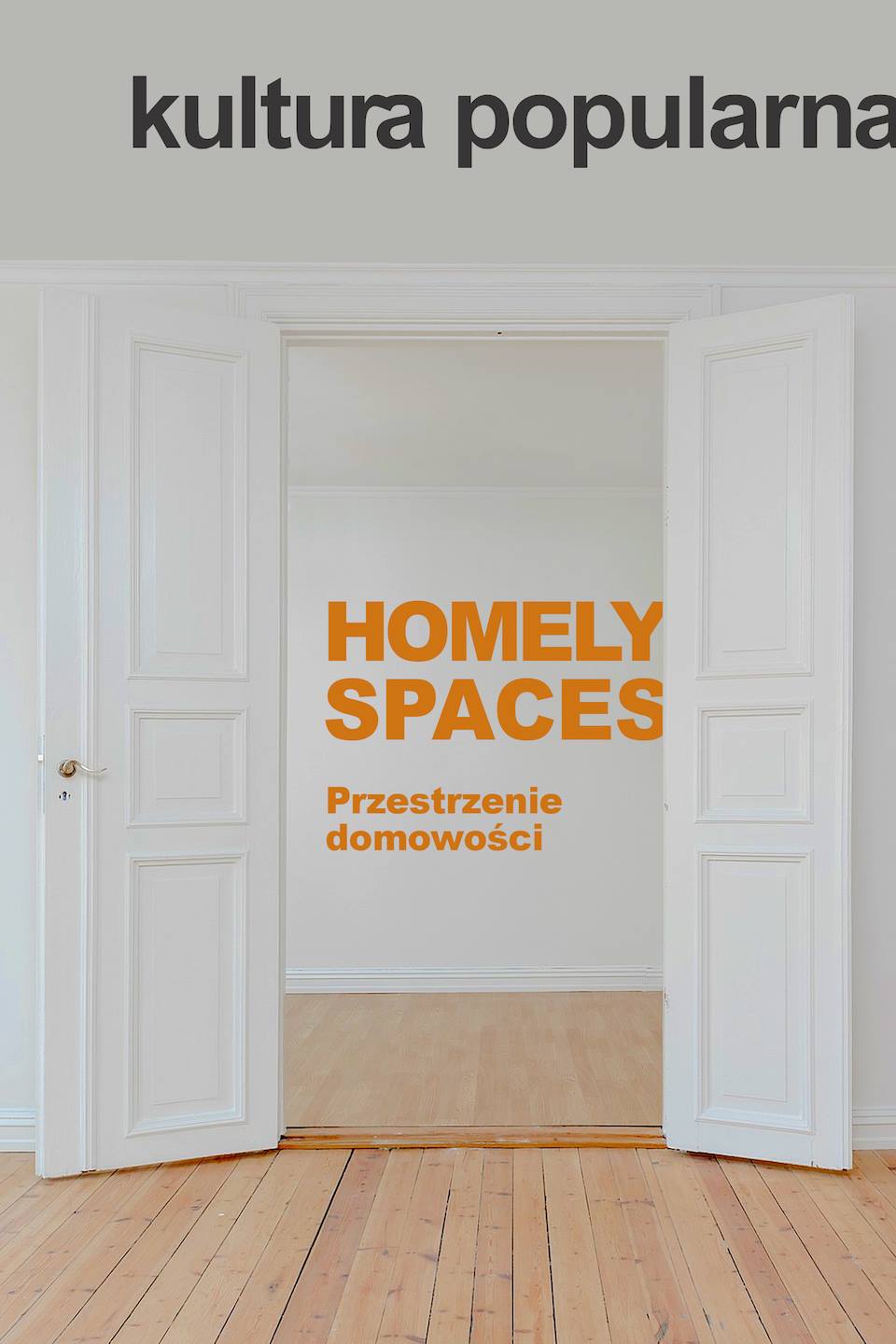Home as Emotional Space in Marilynne Robinson’s Diptych about Gilead
Home as Emotional Space in Marilynne Robinson’s Diptych about Gilead
Author(s): Marta KovalSubject(s): Anthropology, Gender Studies, Studies of Literature, Novel, Cultural Anthropology / Ethnology, Culture and social structure , Sociology of Culture, Sociology of the arts, business, education, Social Norms / Social Control
Published by: Szkoła Wyższa Psychologii Społecznej
Keywords: popular culture; home; imprisonment; uprootedness; family; place; domesticity
Summary/Abstract: The article discusses the controversial nature of home in Marilynne Robinson’s novels Home and Gilead. Family histories of two aging ministers – the Rev. Ames and the Rev. Boughton – are narrated in a way that brings together transcendentalist admiration of human uniqueness, political urgencies of the mid-20th century, theological dilemmas, and ideas of domesticity, identity and belonging. The concepts of uprootedness (Simone Weil) and home as an asylum and prison (Tadeusz Sławek) are used to analyze Robinson’s novels. The article views the representation of home as a place that challenges the alleged American tolerance and open-mindedness and subverts traditional patterns of domesticity.
Journal: Kultura Popularna
- Issue Year: 54/2017
- Issue No: 04
- Page Range: 16-23
- Page Count: 8
- Language: English

